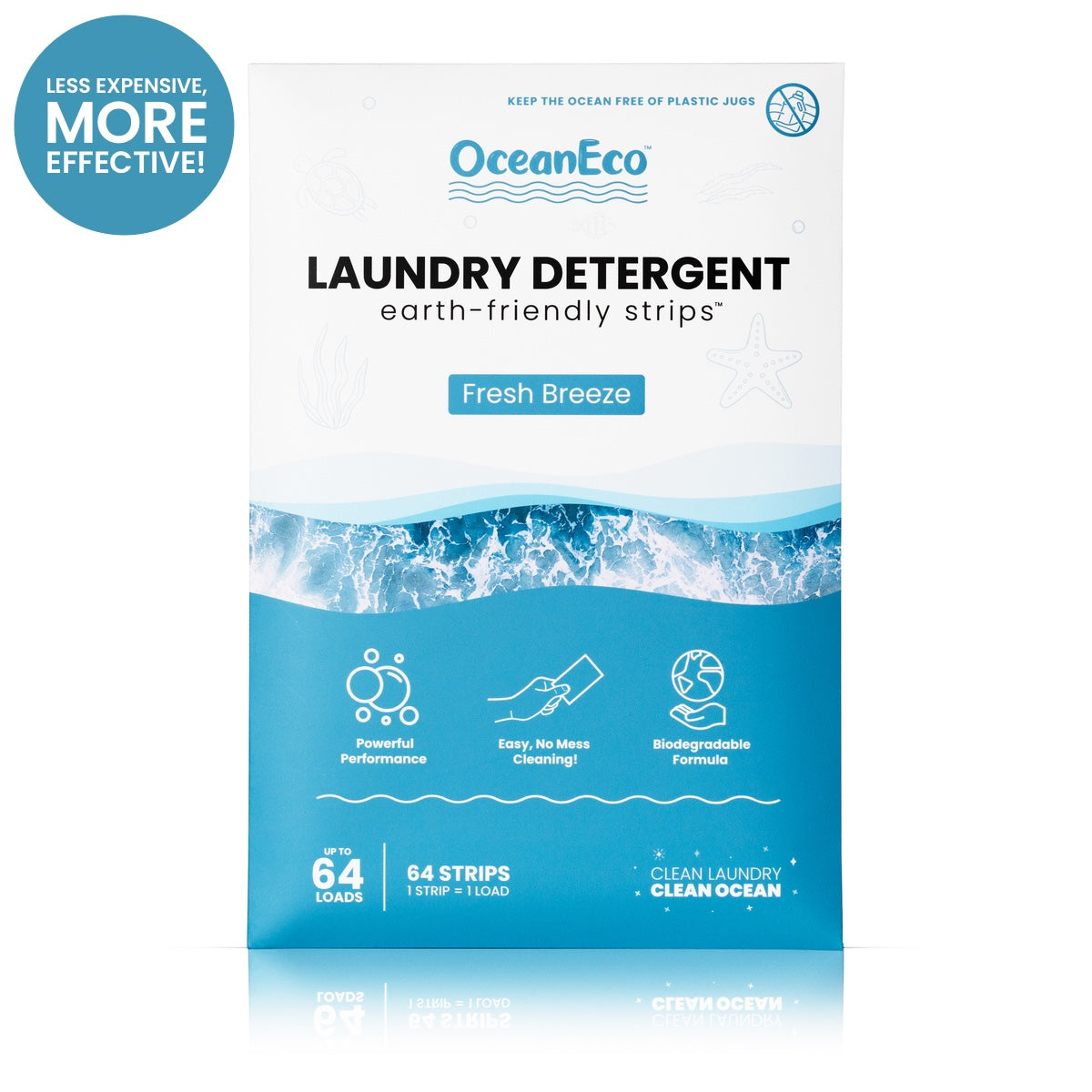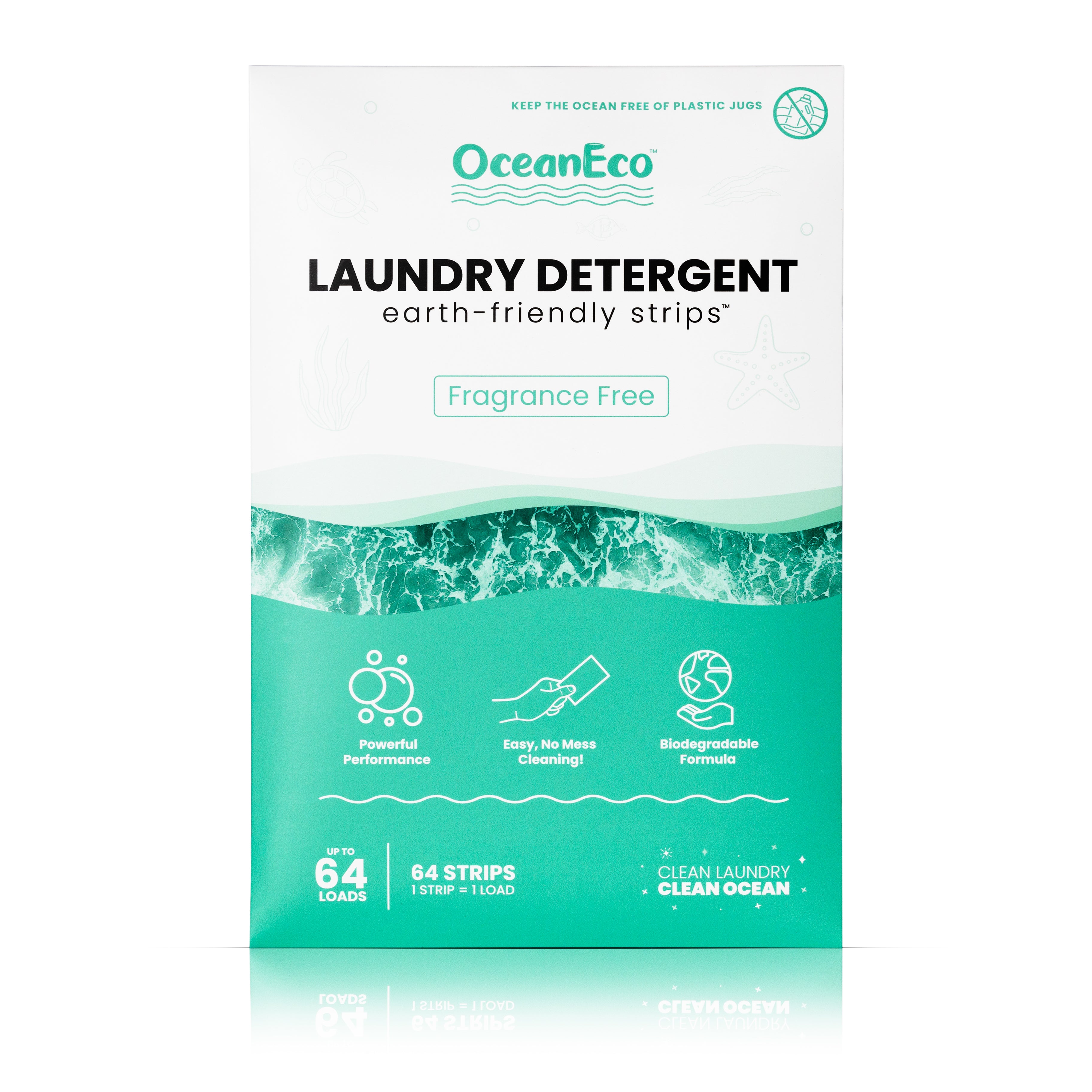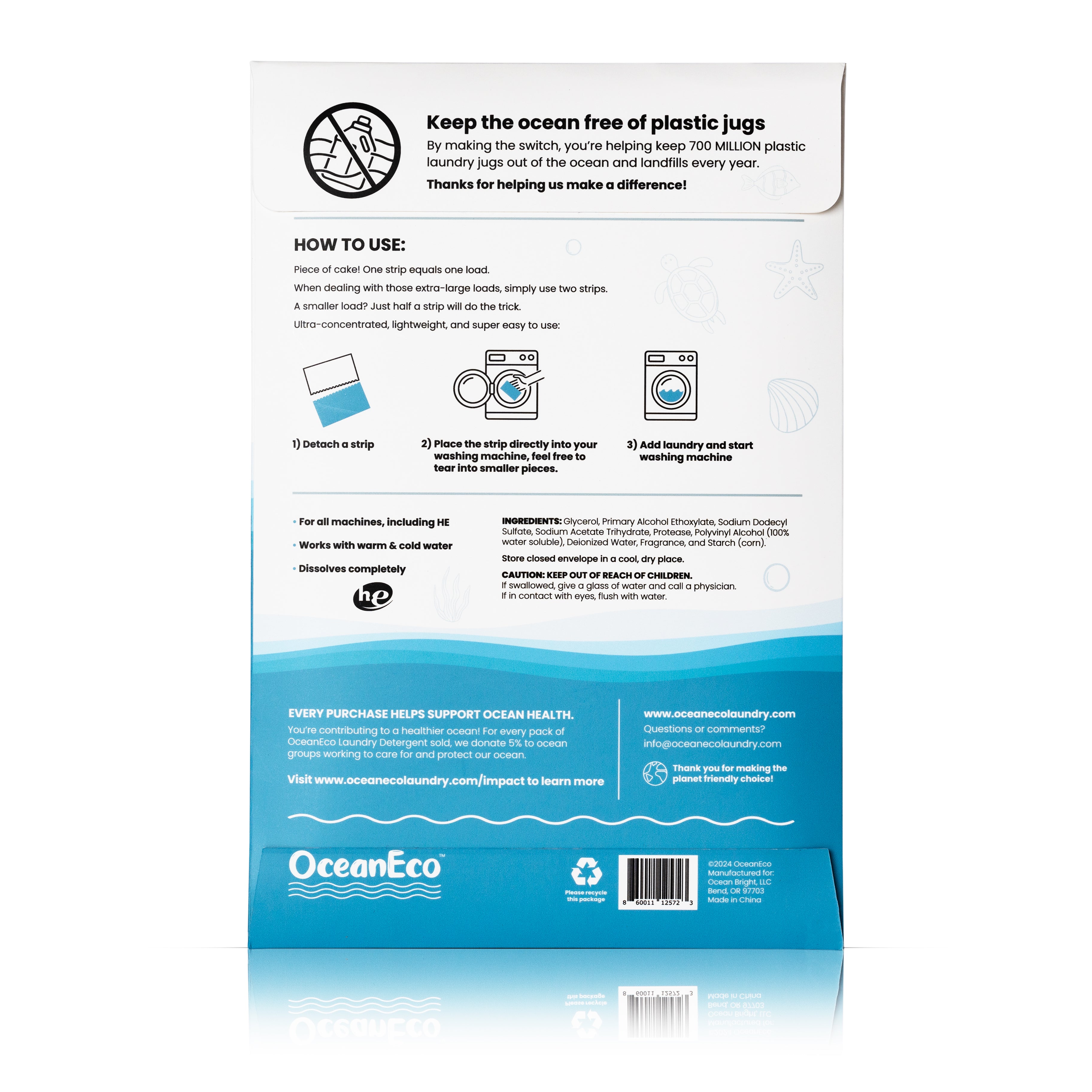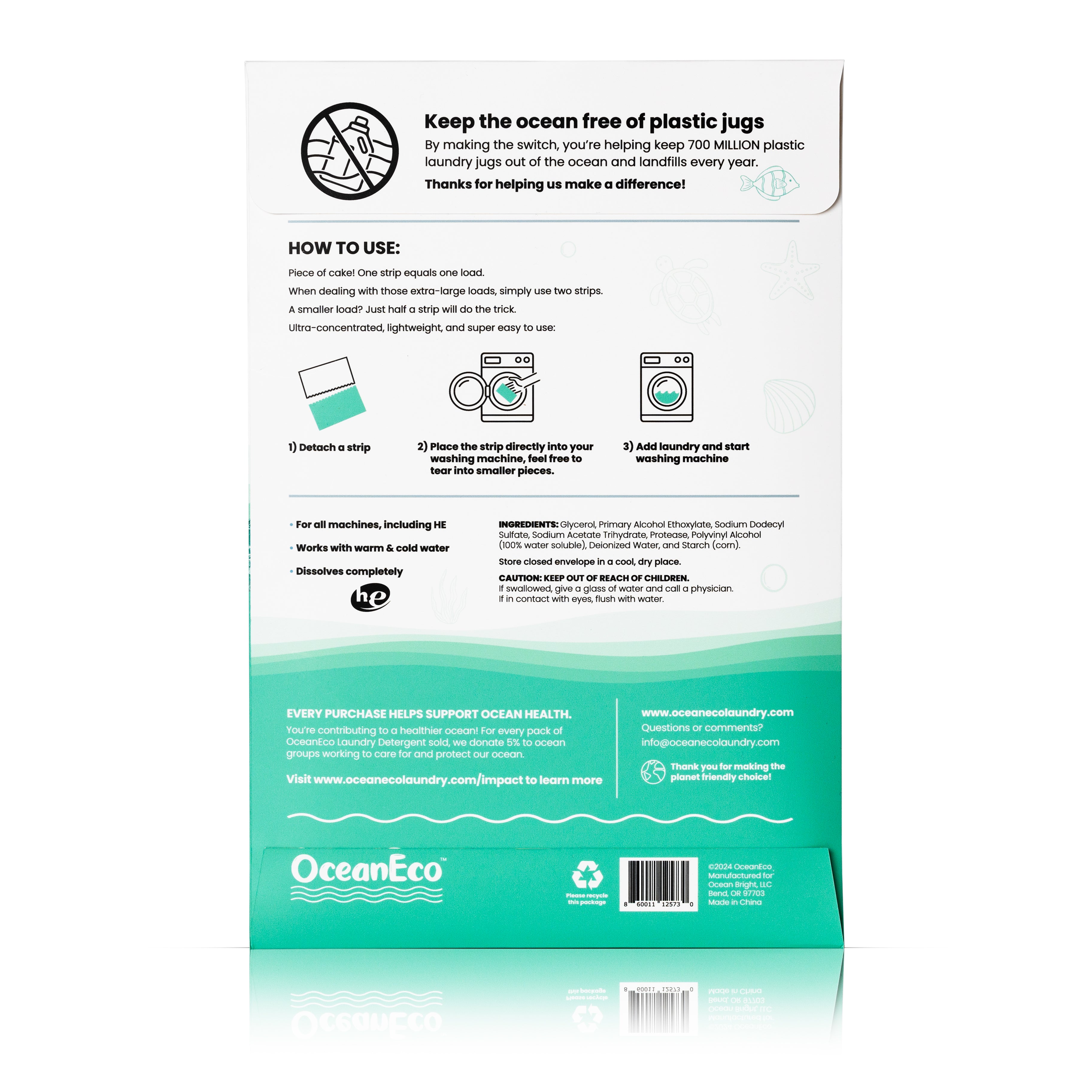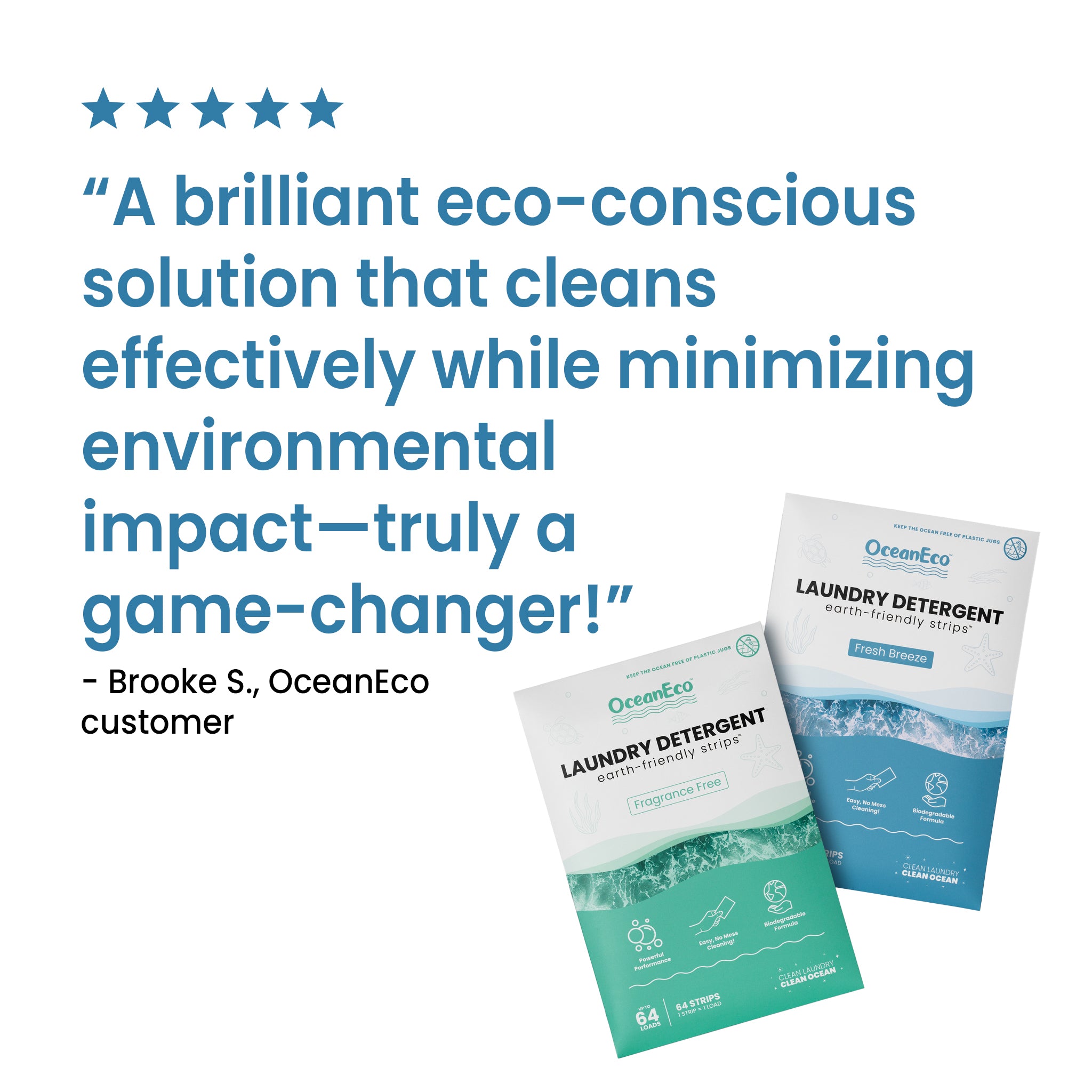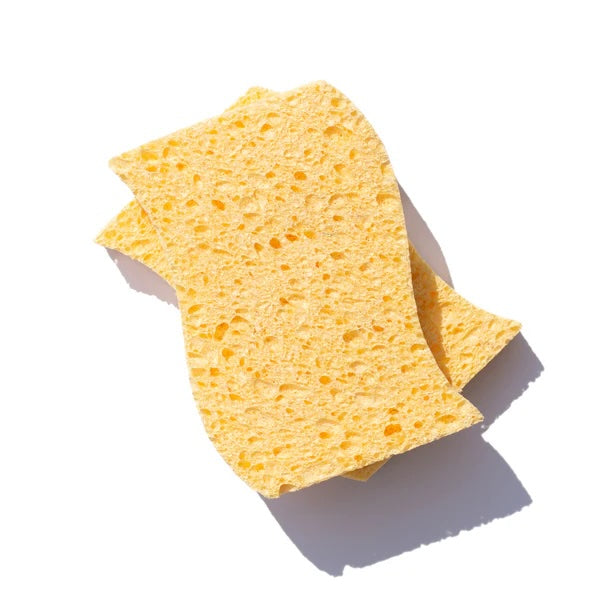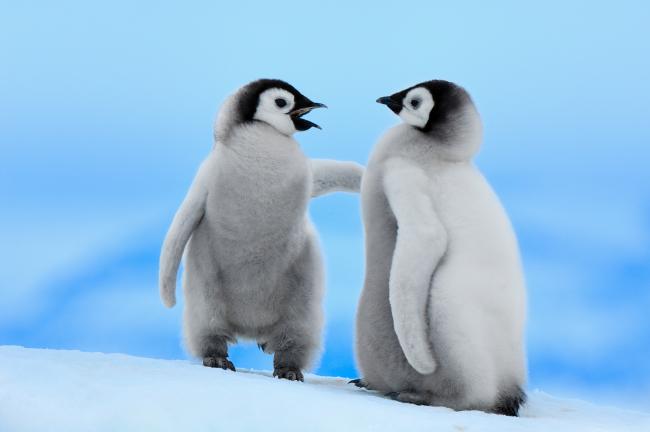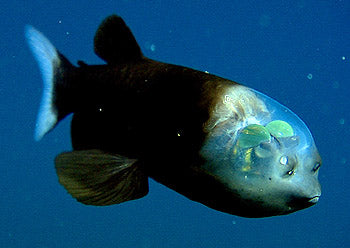The Origins, Evolution, and Lasting Impact of Earth Day
Over the past half-century, Earth Day has played a vital role in mobilizing people for environmental action. But how did it become the largest secular observance in the world? Today we’ll explore its origins, key moments, and how it has evolved over the years.

The Birth of Earth Day and Uniting for a Cause
In the 1960s, many Americans were unaware of the damage being done to the environment. Air pollution was considered the smell of prosperity, and environmental concerns were practically nonexistent. But everything changed when Rachel Carson published her groundbreaking book, Silent Spring, in 1962. The book quickly became a bestseller, raising awareness about the links between pollution, public health, and the environment.
Earth Day 1970 was born out of this emerging environmental consciousness. Senator Gaylord Nelson from Wisconsin, inspired by an oil spill in Santa Barbara, California, came up with the idea of a nationwide teach-in about the environment. With the help of Congressman Pete McCloskey and activist Denis Hayes, they chose April 22 as the day for this event, and Earth Day was born.
The first Earth Day was a massive success, drawing 20 million Americans (10% of the US population at the time) to take part in protests, rallies, and educational events. Different groups fighting against pollution, habitat destruction, and wildlife extinction found common ground and joined forces on Earth Day. This unity led to the creation of the US Environmental Protection Agency and the passage of major environmental laws.
The Ripple Effect: Groundbreaking Laws and Going Global
The success of the first Earth Day not only led to the creation of the US Environmental Protection Agency but also paved the way for several groundbreaking environmental laws. The National Environmental Education Act, the Occupational Safety and Health Act, and the Clean Air Act were all passed in 1970. In the following years, Congress also passed the Clean Water Act, the Endangered Species Act, and the Federal Insecticide, Fungicide, and Rodenticide Act. These laws have had a lasting impact on protecting public health, the environment, and countless species from extinction.
In 1990, Earth Day went international, mobilizing 200 million people in 141 countries. This event boosted global efforts and paved the way for the 1992 United Nations Earth Summit in Rio de Janeiro. In recognition of his efforts, Senator Nelson was awarded the Presidential Medal of Freedom.
Earth Day in the New Millennium and Growing Influence
As we approached the year 2000, Earth Day focused on climate change and clean energy. The event united 5,000 environmental groups from 184 countries, leveraging the power of the internet to connect activists worldwide. Earth Day 2000 sent a clear message to world leaders: people demanded immediate action on climate change and clean energy.
Earth Day 2010 faced new obstacles, including climate change deniers, well-funded lobbyists, and a divided environmental community. Despite these challenges, the spirit of Earth Day prevailed. Earth Day continued to be a catalyst for change, inspiring people to take action in their communities and helping to raise awareness about pressing environmental issues.
The Future of Earth Day
As we look to the future, Earth Day will continue to play a pivotal role in driving environmental action and inspiring people to fight for a cleaner, healthier planet. With millions of people wanting to take action for our planet, Earth Day’s mission is more important than ever. The event will continue to adapt to address new challenges and unite people of all ages, backgrounds, and beliefs in the fight for a sustainable future.
Let’s all join together in celebrating this incredible movement and make a positive change for our planet. Remember, every little action counts, and together, we can make a world of difference!

























































































































